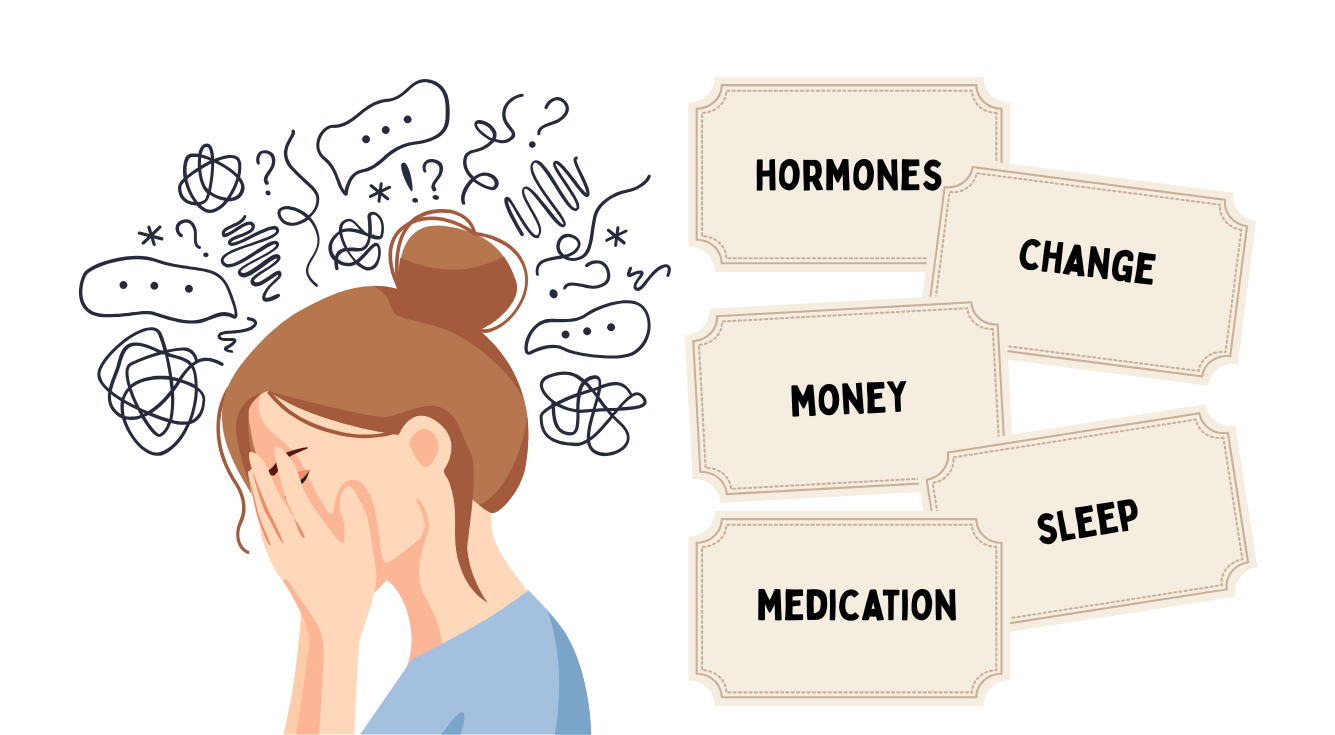As I was saying in my previous post…
April was rough.
Unexpected stressors were popping up like a whack-a-mole game. No sooner had I resolved one, another would rear its ugly head. Naming (to tame) the stressors is a strategy developed by clinical professor of psychiatry, Dr Daniel Siegel.
He suggests that we label and verbalise our emotions can help us to reduce the intensity of our emotional responses. This is because reflection allows us to engage our prefrontal cortex and regulate the amygdala by promoting rational thought.
So, that’s what I did.
Pressing pause on my delicious daily writing ritual and pulling myself out of the almost-finished pages of my book proposal was a painful but necessary decision. Naming my stressors and acknowledging their emotional impact, especially the ones that were out of my control to resolve, gave me the clarity to tame them.
Identify the stressors that are out of your control
Stressor #1: adapting to change in routine and expectations
Curveballs were thrown in the form of medication changes, sleep interruptions, anxious dog episodes, getting the food ick with my favourite microwave lunch, and having my husband home for school holidays. Minor disruptions. Major difficulties.
Understanding ADHD differences allows us to adjust our expectations:
How could you reduce demands when your executive functioning is low?
What could be your bare minimum for a day, a week, a month?
Who could you ask for more support and understanding right now?
Due to the personal nature of other stressors, I’ve chosen to put them behind a paywall. I hope you can understand and that you still found the previous article along with the beginning of this one to be helpful!!
TL:DR Despite the stressors, I was able to coach myself out of '‘hermit mode’ by letting myself feel all my feelings, then taking a side-quest over to YouTube where I embraced my motivation tools: play, novelty, challenge, and interest.




